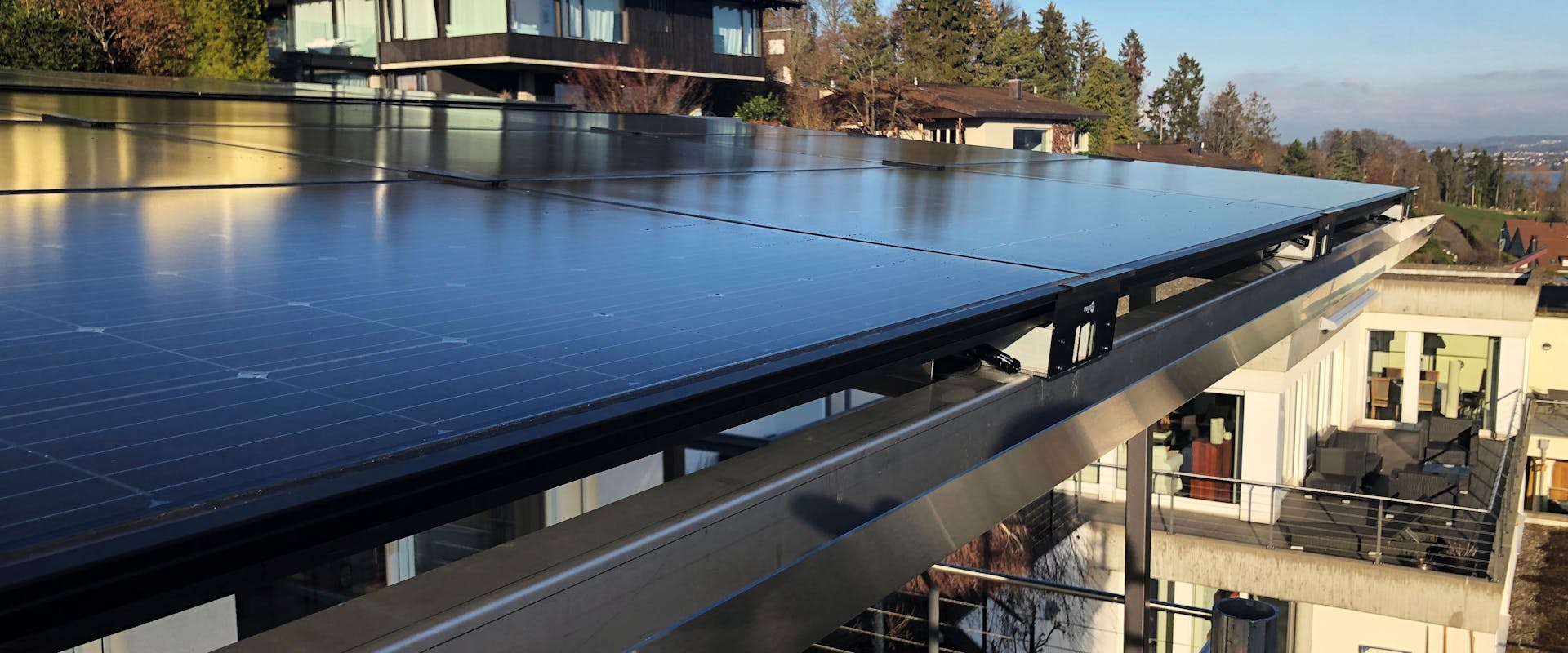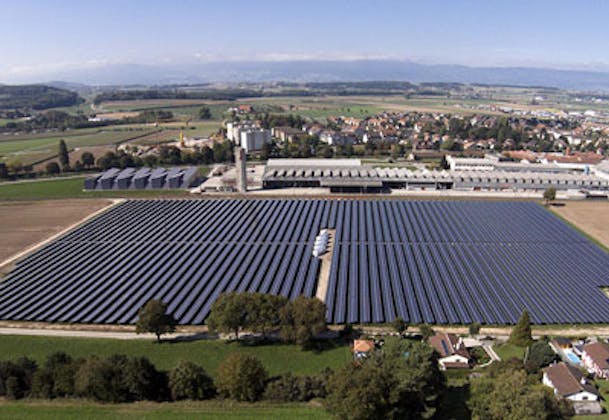
"All of NRGMaestro™’s decisions are based on cost management," says Tomasz Gorecki, one of CSEM’s engineers behind the system. "When a solar panel is in use, for example, the software can tell you whether it’s more advantageous to charge your electric vehicle, store the energy, or sell it to the grid. The system works for individual homes, but it could also prove to be very useful for a self-sufficient community, sharing various renewable energy sources across several homes," he adds. The system has already been successfully installed in two private homes and in an apartment building in collaboration with Soleco (see box). Negotiations are underway to fit out an entire neighborhood currently under construction in Zurich. NRGMaestro™ was also presented at the IFAC World Congress in Berlin.



